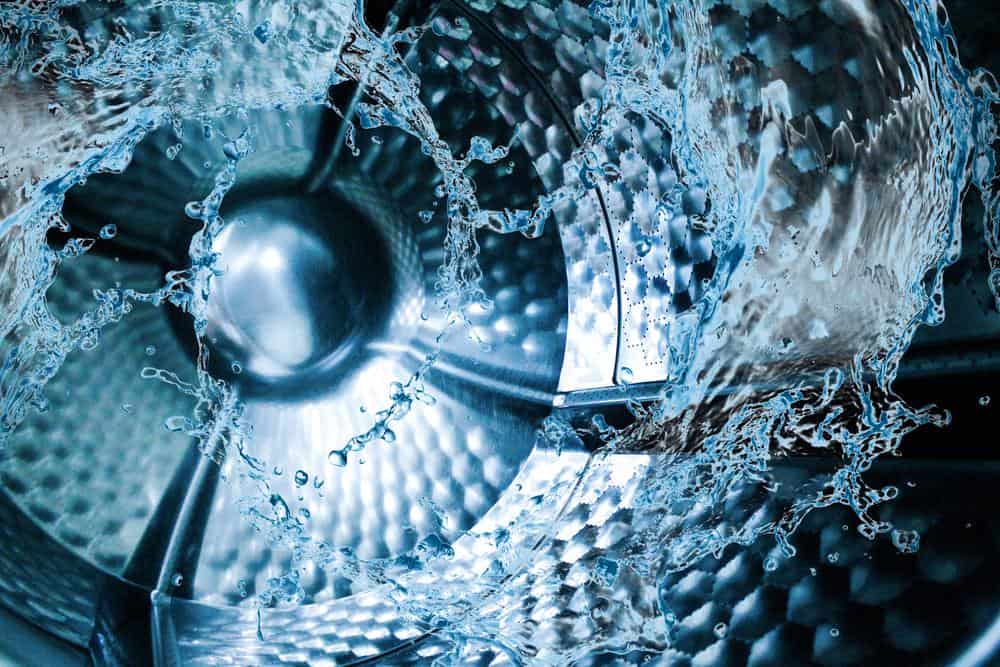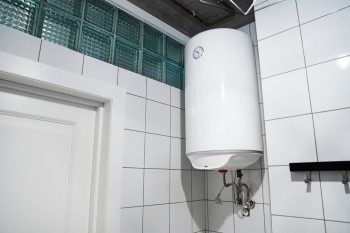
The invention of the electric washing machine marked a significant turning point in the history of domestic appliances. This revolutionary machine transformed the tedious and time-consuming task of washing clothes, making it easier, more efficient, and less labor-intensive. But who was the mastermind behind this invention? Let’s delve into the history and evolution of the electric washing machine.
The electric washing machine is often attributed to Alva J. Fisher, an engineer with the Hurley Machine Company of Chicago, Illinois, who designed the first commercially sold electric clothes washer, named “Thor,” in 1908. However, some sources suggest that the first electric washing machine may have been produced as early as 1907 by Orlando B. Woodrow. The exact year of the invention and the true inventor of the electric washing machine remains a matter of debate.
The Genesis of the Electric Washing Machine
The invention of the electric washing machine is often attributed to Alva J. Fisher, an engineer with the Hurley Machine Company of Chicago, Illinois. Fisher designed a machine in 1908, named the “Thor,” which was the first electric clothes washer sold commercially in the United States. The Thor featured a metal drum to hold the clothes and an agitator that would turn in both directions to prevent the clothes from clumping together. A patent for this new electric Thor was issued on August 9, 1910.
However, it’s important to note that the exact year of the invention and the true inventor of the electric washing machine remains a matter of debate. Some sources suggest that the first electric washing machine was produced as early as 1907 by Orlando B. Woodrow. Furthermore, washing machines have been mass-produced since approximately 1906 by the company now known as Whirlpool.
Pioneering Innovations
Before the advent of the electric washing machine, there were numerous hand-powered machines with agitators and wringers/mashers that significantly reduced the labor involved in washing clothes. The first US patent for a washing machine was granted to Nathaniel Briggs of New Hampshire in 1797, although the description of the device was lost in a Patent Office fire in 1836.
The development of the electric washing machine was made possible by a series of technological advancements. For instance, the introduction of enclosed containers or basins with grooves, fingers, or paddles allowed for more effective scrubbing and rubbing of clothes. Mechanical innovations in the 1700s and 1800s played a crucial role in the development of non-electric, mechanical washing machines.
The Impact of the Electric Washing Machine
The invention of the electric washing machine had a profound impact on society and domestic life. It allowed people to clean their clothes more efficiently and effectively, saving time and reducing physical labor. This was particularly beneficial for women, who traditionally shouldered the responsibility of washing clothes.
Evolution of the Electric Washing Machine
The design and functionality of electric washing machines have evolved significantly since their inception. From the first drum washing machine in 1851 to the first household washing machine in 1874, the first electric washing machine in 1908, and the first domestic washing machines in the 1930s, each step marked a significant milestone in the evolution of washing machines.
In recent years, washing machines have become more efficient, faster, and easier to use. Modern washing machines come with advanced features such as adjustable water levels, spin speeds, and load sizes. They also incorporate smart technologies, allowing users to control and monitor their washing machines remotely. Additionally, washing machines have become more energy-efficient and environmentally friendly, with some models using steam cleaning or other alternative technologies to reduce water consumption and improve cleaning performance.
Key Players in the Washing Machine Industry
Today, the washing machine industry is dominated by several major players, including Whirlpool Corporation, LG Electronics, Haier Group, Samsung Electronics, Bosch, Electrolux AB, and Panasonic Corp. These companies trace their roots back to the original invention and have made significant contributions to the development and improvement of washing machines over the years.
In conclusion, while the exact origin of the electric washing machine remains a subject of debate, there’s no denying the significant impact it has had on society and domestic life. From saving time and reducing physical labor to improving the efficiency and effectiveness of clothes washing, the electric washing machine stands as a testament to human ingenuity and the power of technological innovation.
Frequently Asked Questions
What is the purpose of the agitator in a washing machine?
The agitator in a washing machine is designed to move the clothes around during the wash cycle. This movement helps to distribute the water and detergent evenly, ensuring that every item gets clean.
What was the first washing machine like?
The first washing machines were hand-powered devices with agitators and wringers/mashers that significantly reduced the labor involved in washing clothes. These machines were typically made of wood and required a lot of physical effort to operate.
How do modern washing machines save water?
Modern washing machines save water through several means. They come with adjustable water levels that allow users to use only as much water as needed for the size of the load. Also, some models use steam cleaning or other alternative technologies that require less water compared to traditional washing methods.
Who are some of the major players in the washing machine industry today?
Today, the washing machine industry is dominated by several major players, including Whirlpool Corporation, LG Electronics, Haier Group, Samsung Electronics, Bosch, Electrolux AB, and Panasonic Corp.
What were some of the technological advancements that made the development of the electric washing machine possible?
The development of the electric washing machine was made possible by a series of technological advancements, such as the introduction of enclosed containers or basins with grooves, fingers, or paddles for more effective scrubbing and rubbing of clothes. Mechanical innovations in the 1700s and 1800s also played a crucial role in the development of non-electric, mechanical washing machines.












